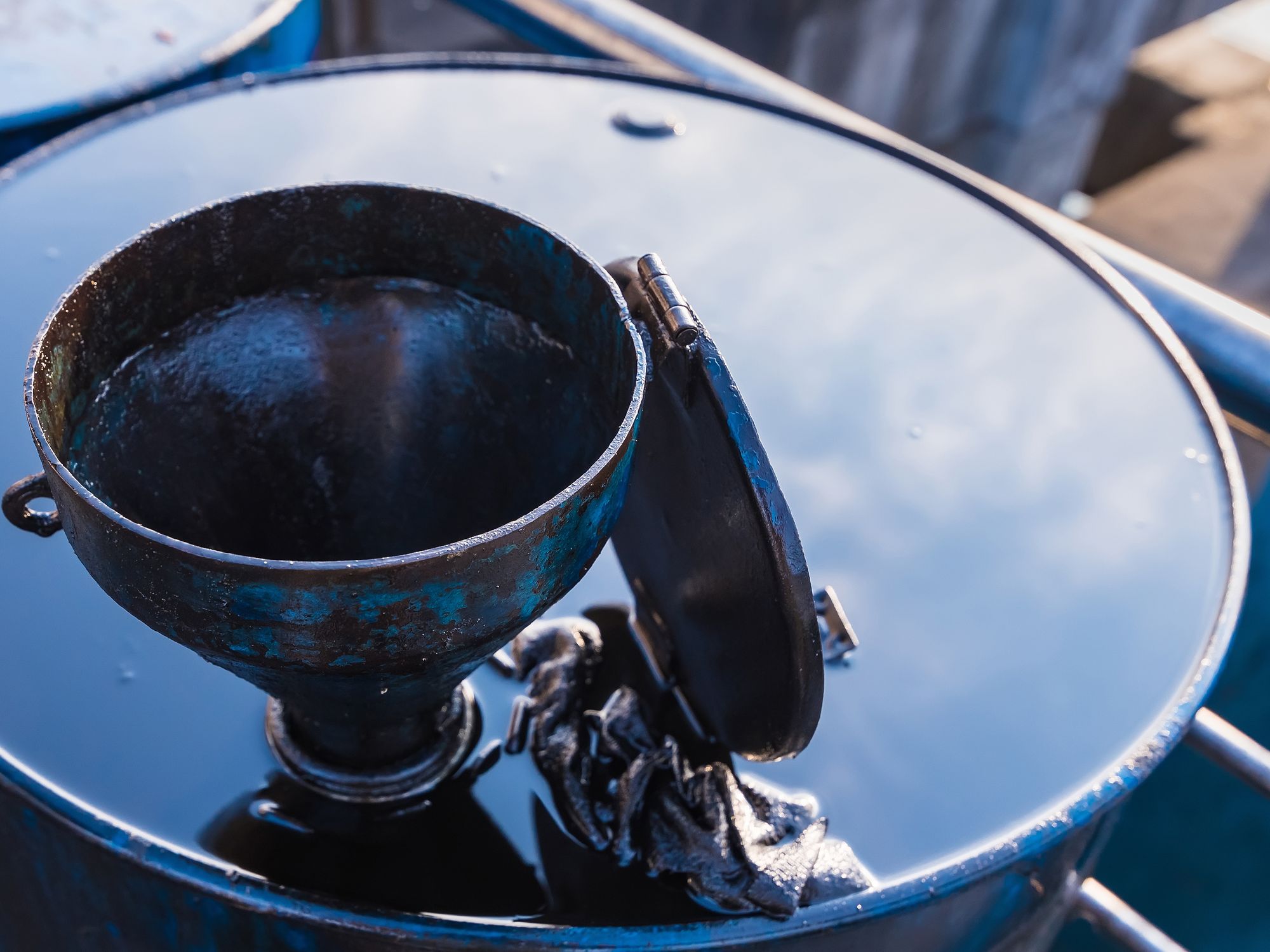Management standards for used oil generators (Subpart C)

- Used oil generators may store used oil in tanks and storage containers such as drums.
- Mislabeling containers is the top-cited violation for used oil generators.
Used oil generators are the largest category of used oil handlers. They include businesses that handle used oil through commercial or industrial operations or from the maintenance of vehicles and equipment.
Some examples of common generators are:
- Car repair shops,
- Service stations,
- Quick lube shops,
- Government motor pools,
- Grocery stores,
- Metal working industries, and
- Boat marinas.
Household “do-it-yourselfers” are not required to comply with the regulation. Also, farmers who produce less than an average of 25 gallons of used oil per month are not considered generators.
If the business generates used oil, then the company must comply with Subpart C, regardless of the amount of oil handled. The standards address mixing used oil with hazardous waste, storage, onsite burning in space heaters, and transporting used oil offsite.
Avoid mixing
If the company wants to avoid having to manage used oil under the more rigorous management requirements of the Environmental Protection Agency’s (EPA’s) hazardous waste regulations, then do not mix used oil with hazardous wastes.
The only way to be sure used oil does not become contaminated with hazardous waste is to store it separately from all solvents and chemicals and to avoid mixing it with anything. Be sure to mark the storage containers as “Used Oil” and instruct employees not to place any other substances in the container.
Storage requirements and labeling
Used oil generators may store used oil in tanks and storage containers such as drums. Used oil may also be stored in units that are permitted to store regulated hazardous waste. Tanks and containers storing used oil do not need to be Resource Conservation and Recovery Act (RCRA) permitted, however, as long as they are labeled and in good condition. The tanks must be in good condition, with no rust, leaks, or deterioration. Used oil may not be stored in lagoons, pits, or surface impoundments that are not permitted under RCRA.
Be sure to label all containers, tanks, and fill pipes as “Used Oil.” Do not label containers with the words “Waste Oil,” “Hazardous Waste,” or any other identifying words. Mislabeling containers is the top-cited violation for used oil generators.
